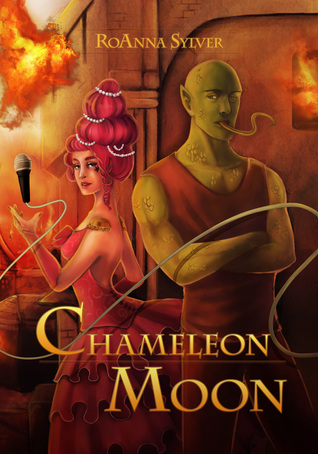![32920226[1]](https://brsanders.files.wordpress.com/2018/03/329202261.jpg?w=584)
Notes on Diversity/Inclusion
Ah, this book is so wonderful. Sing, Unburied, Sing has such richness in it. While the plot follows one family, that family has deep wells and particularities in it, like all families. Ward shows just how specific southern Black culture is with Jojo’s family, but also how much of a monolith it isn’t. Jojo’s family contains within it many different kinds of trauma and many different roots to different kinds of people.
Content Warnings for Book
This is not a light read. Content warnings for:
- Child abuse and neglect
- Drug use and abuse, plus a near overdose
- Police brutality towards Black people, including towards a Black boy
- Depictions of brutality and imprisonment
- A murder/hate crime
- A lynching
Review
Blurb (from Goodreads):
An intimate portrait of a family and an epic tale of hope and struggle, Sing, Unburied, Sing examines the ugly truths at the heart of the American story and the power – and limitations – of family bonds.
Jojo is thirteen years old and trying to understand what it means to be a man. His mother, Leonie, is in constant conflict with herself and those around her. She is black and her children’s father is white. Embattled in ways that reflect the brutal reality of her circumstances, she wants to be a better mother, but can’t put her children above her own needs, especially her drug use.
When the children’s father is released from prison, Leonie packs her kids and a friend into her car and drives north to the heart of Mississippi and Parchman Farm, the State Penitentiary. At Parchman, there is another boy, the ghost of a dead inmate who carries all of the ugly history of the South with him in his wandering. He too has something to teach Jojo about fathers and sons, about legacies, about violence, about love.
Rich with Ward’s distinctive, lyrical language, Sing, Unburied, Sing brings the archetypal road novel into rural twenty-first century America. It is a majestic new work from an extraordinary and singular author.
Sing, Unburied, Sing is a fascinating and beautiful novel that is fixated on rootedness and liminality. The tension between the two–presence and absence, movement and stasis–threads throughout the book. Structured as a road novel, in more ways that one, the interweaving narratives themselves are stories of change, of movement, of moments of crisis. But the backdrop of these moments is the fixedness of family, this idea of familiarity and stability, which, even when it’s just an idea is sometimes enough for someone to draw hope from.
There is a lot going on in this book. Ward is an uncannily gifted writer, moving from character to character with sharp ease, making every scene count, driving toward a final image that left me breathless and tied everything that went before together.
The story Ward tells here is hard to read, but it is timely. And it’s not always hard. There is genuine warmth and kindness, blooms of hope in the darkness. These are people who are surviving and who have always survived. Jojo’s relationship with his grandfather and his relationship with his sister is so loving it almost hurts. And Leonie, for all her faults, clearly draws comfort from the ghost of her brother.
The way Ward writes ghosts makes me feel like they are lurking everywhere in the world, tucked just out of sight. She uses them to spell out the heavy weight of history, the scars that history leaves us with. The ghosts in Sing, Unburied, Sing have form and voice–they drive the plot as much as the corporeal characters do–but it’s not so far from real life. We are haunted by the brutalities of the past. We are shaped by traumas. They lurk in our minds and our bones, have their own echoes, and that is a kind of form and voice.
Takeaway & Rating
Sing, Unburied, Sing is a stunning and heartwrenching book about America’s current and past treatment of Black people. I just loved it so much.























